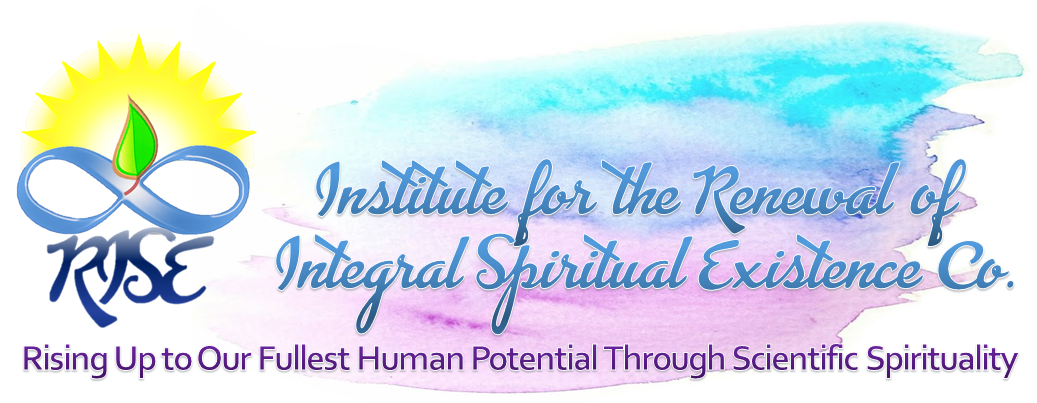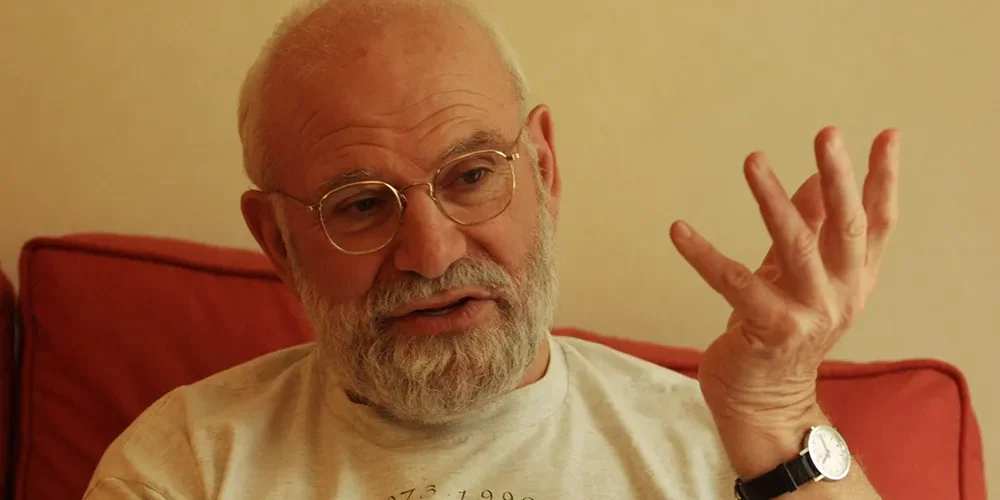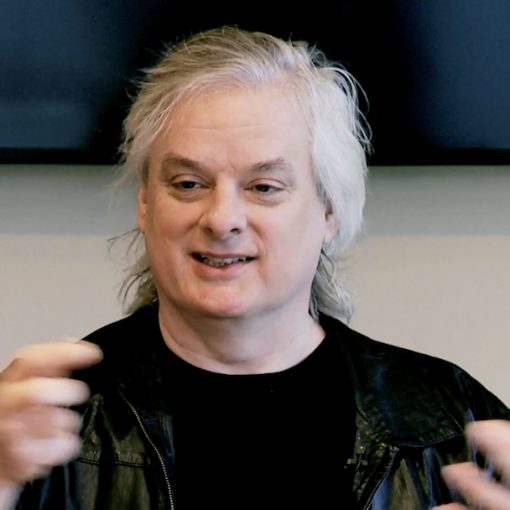In “The Creative Self,” Oliver Sacks explores the intricate relationship between imitation and originality in the creative process, arguing that true creativity often emerges from a foundation of influences and inspirations. He emphasizes that creativity is not an isolated act of genius but rather a journey that begins with absorbing ideas from others, which then undergoes a transformative process of assimilation and incubation. Through examples like Susan Sontag’s early literary experiences, Sacks illustrates how the path to originality involves mastering existing forms before venturing into new territory. He identifies three essential elements for creative breakthroughs: time, forgetting, and incubation, highlighting that genuine innovation arises when we allow ideas to settle within us, enabling deeper connections and personal expression.
Editor’s Note: Oliver Sacks’ reflections on creativity remind us that originality is rarely a solo endeavor; it’s often built on a tapestry of influences and experiences. This perspective encourages us to embrace our inspirations rather than shy away from them, recognizing that every great idea is part of a larger conversation. Sacks highlights the importance of patience in the creative process, suggesting that allowing ideas to marinate can lead to deeper insights and more authentic expressions.
In a world that often glorifies instant success, his insights serve as a gentle nudge to slow down, appreciate the journey of creation, and understand that the most profound innovations frequently arise from a blend of imitation, reflection, and time. This approach not only enriches our creative endeavors but also fosters a sense of connection to the broader human experience, reminding us that we are all part of an ongoing narrative of discovery and expression.
Read Original Article
Read Online
Click the button below if you wish to read the article on the website where it was originally published.
Read Offline
Click the button below if you wish to read the article offline





